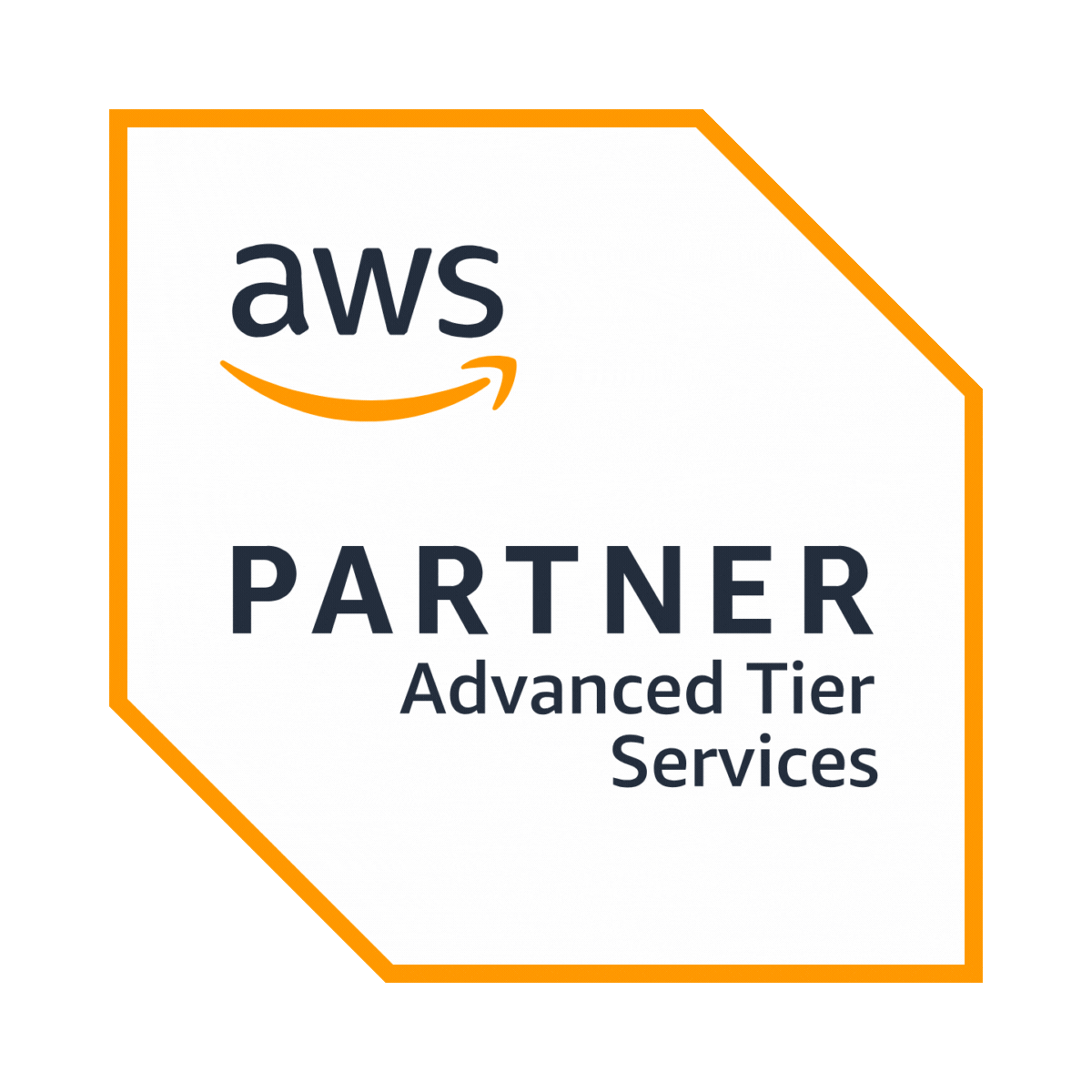As businesses generate and process vast amounts of data, traditional data centers struggle to meet modern demands for scalability, security, and efficiency. Data center modernization is the strategic transformation of legacy infrastructure into a high-performance, cloud-integrated, and AI-driven environment.
According to Gartner, by 2027, 75% of enterprises will have modernized their data centers to adopt cloud-native technologies, enhancing agility and operational efficiency.
This guide will explore what data center modernization means, why it is critical for businesses, and how organizations can implement a modern, future-proof data center strategy.

What is data center modernization?
Data center modernization refers to upgrading traditional IT infrastructure to improve performance, efficiency, and security while enabling integration with hybrid cloud, AI-driven operations, and automation.
A modern data center
- Uses cloud and hybrid cloud solutions for scalability
- Employs AI and automation for workload management
- Ensures enhanced security through zero-trust models
- Reduces energy consumption and operational costs
Why data center modernization is essential for enterprises
Traditional data centers are becoming obsolete, expensive, and difficult to maintain. Businesses that fail to modernize risk falling behind in terms of performance, cost efficiency, and security.
Key benefits of data center modernization
- Improved scalability – Modernized data centers can handle increasing workloads dynamically, ensuring business continuity.
- Cost savings & energy efficiency – Cloud computing and AI-driven automation can cut data center operating costs by up to 40%. (McKinsey)
- Enhanced security & compliance – Zero-trust security frameworks and AI-driven threat detection protect sensitive data from cyberattacks.
- Faster application deployment – Cloud-native infrastructures enable faster software development and real-time analytics.
- Business resilience & disaster recovery – According to IBM, enterprises with modernized data centers experience 80% faster disaster recovery times. ( IBM)
Key components of data center modernization
1. Hybrid cloud adoption for scalability
Enterprises are shifting towards hybrid cloud strategy, which integrates on-premises infrastructure with public and private cloud services.According to Flexera’s 2024 Cloud Report, 87% of enterprises use a hybrid cloud approach to optimize workloads.
Benefits of hybrid cloud for data centers
- Elastic scalability – Dynamically allocate resources between private and public clouds
- Cost optimization – Reduce hardware expenses by utilizing pay-as-you-go cloud services
- Data sovereignty – Maintain control over critical data while leveraging cloud capabilities
2. Migration from legacy infrastructure to cloud-native architectures
Legacy IT infrastructure is expensive to maintain and lacks agility. Modernized data centers adopt cloud-native application architectures to improve flexibility.
Key modernization strategies:
- Rehosting – Lift-and-shift legacy applications to cloud infrastructure
- Replatforming – Optimize applications to utilize cloud-native features
- Refactoring – Fully rebuild applications using microservices and containers
3. AI-driven automation and workload optimization
Modern data centers leverage AI and machine learning for:
- Predictive maintenance – AI detects system failures before they happen, reducing downtime
- Workload balancing – AI optimizes data processing across cloud and on-premises environments
- Automated resource allocation – Ensures efficient use of computing power, reducing costs
A Fortune 500 company reduced server downtime by 60% using AI-driven automation.
4. Edge computing for real-time processing
With the rise of IoT (Internet of Things) and 5G networks, edge computing is essential for low-latency, real-time data processing.
- Edge computing decentralizes data centers, allowing critical processing closer to users
- Reduces bandwidth costs by limiting data transfers to central servers
- Enhances performance for latency-sensitive applications like autonomous vehicles and smart cities
Gartner predicts that by 2025, 75% of enterprise-generated data will be processed at the edge rather than traditional data centers.

Challenges in data center modernization
Despite its benefits, modernizing a data center presents challenges that businesses must address strategically.
1. High upfront costs
Migrating from legacy systems to cloud-based data centers requires significant investment.
2. Integration complexities
Legacy applications may not be cloud-compatible, requiring re-engineering or API integration.
3. Cybersecurity risks
As infrastructure becomes more complex, securing hybrid environments becomes critical.Solution: Implement zero-trust security models, AI-driven threat detection, and automated compliance frameworks.
Best practices for data center modernization
- Assess current IT infrastructure – Conduct a data center audit to identify inefficiencies
- Develop a hybrid cloud strategy – Integrate on-premises infrastructure with cloud services
- Adopt AI-driven automation – Leverage machine learning for performance optimization
- Ensure security & compliance – Use AI-powered security and zero-trust frameworks
- Optimize costs with FinOps – Implement cloud cost monitoring tools
Future trends in data center modernization
- AI-powered infrastructure – Predictive analytics and automation will drive self-healing data centers.
- Quantum computing integration – Emerging technologies will enhance processing capabilities
- Green data centers – Businesses will adopt energy-efficient, sustainable data centers
- Software-defined data centers (SDDCs) – Infrastructure will be fully automated and managed via software
Conclusion
Data center modernization is no longer optional—it’s a necessity. Businesses that fail to upgrade their infrastructure risk higher costs, inefficiencies, and security vulnerabilities. By adopting hybrid cloud, AI-driven automation, and edge computing, enterprises can achieve a scalable, high-performance, and secure IT environment.














